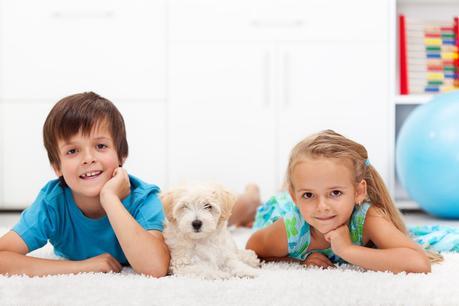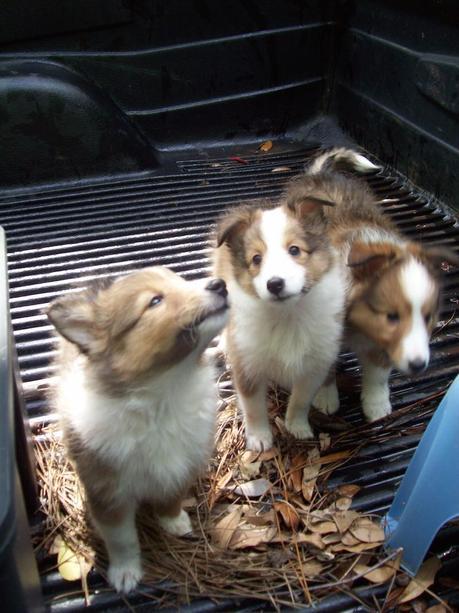
Children and puppies can be natural allies, but first the proper introductions must be made. Dogs are man’s best friend, right? And hey, we know that every friendship has to start with a solid foundation.
So if you’re thinking, “I want my kid to become best buddies with my new puppy!” here’s what you need to know:
Create a friendly introduction
Children and puppies should like each other right from the start. So, how can you make sure that they stay friends? Follow these steps:
- Let children calm down from their initial excitement at seeing the puppy before they actual get to pet or hold them.
- Never let children be the first to make a move when in the room with a puppy.
- When first meeting a puppy, children should not touch, talk to, or make eye contact with the young canine until the puppy has calmed down themselves.
- Demonstrate first to children how to properly pet puppies and otherwise interact with them.
- Keep the puppy’s owner (regardless of who it is) close by and where the puppy can see them.
Keep playtime gentle
Both puppies and children are prone to rough play, and this is simply a natural part of growing up. However, that doesn’t necessarily mean they should play rough with each other.
Make sure children understand that they need to be gentle with their new animal friends. This means no pulling on puppy ears or puppy tails and no squeezing the puppy too hard. If the dog has flea preventative treatment, then be sure the child doesn’t get any on their hands.
Always keep safety in mind
In addition, be sure that safety is at the forefront. Make sure that playtime is taking place in a safe and secure area that you can easily supervise.
Keep any potentially harmful items (like cleaning products and furniture that can be knocked over) out of the way and out of reach of children both human and furry. If at any time the situation appears to be becoming unsafe for either the child or the puppy (or both), separate them immediately.

Prevent health risks
Because children and puppies are much more susceptible to germs and illnesses than the adults of their species are, it’s important to take some precautions before letting them interact with each other. Here are some steps you can take:
- Have children wash their hands with warm water and soap before interacting with puppies. Repeat when playtime is over.
- Check that puppies are healthy and up-to-date on their vet appointments. That means keeping them up to date on all their medications.
- Keep children away from puppy urine and fecal matter, and make sure that these areas are cleaned up regularly and with good sanitation.
- Make sure that children understand the dangers of sharing their snacks with the puppy! Some people foods aren’t good for puppies and can make them sick.
Foster a good relationship for the future
How your child interacts now with a puppy will make a big impact on how they relate to dogs in general and even other animals in the future. But don’t worry if things don’t go exactly how you want them to the first time — just like people, sometimes multiple impressions need to be made.
If the child’s actions need improvement, correct them immediately. Likewise, don’t be afraid to discipline the puppy when necessary. After all, the best human-dog relationships are based on understanding and responsibility.
By following a few simple guidelines from the beginning, your puppy and your child can have a long, loving relationship.
Bio: Nina blogs about all things dogs at dogsbynina.com.

